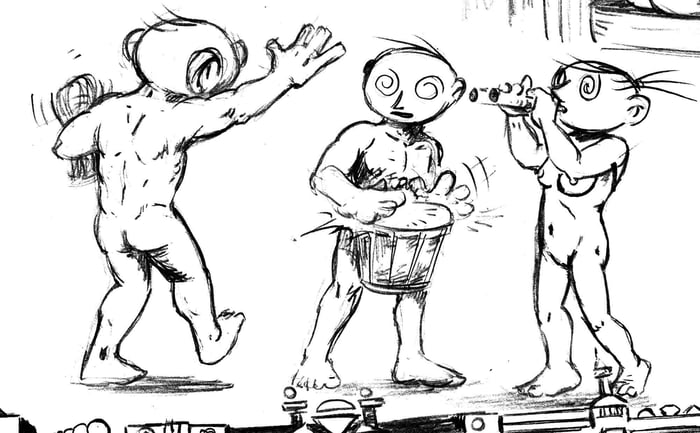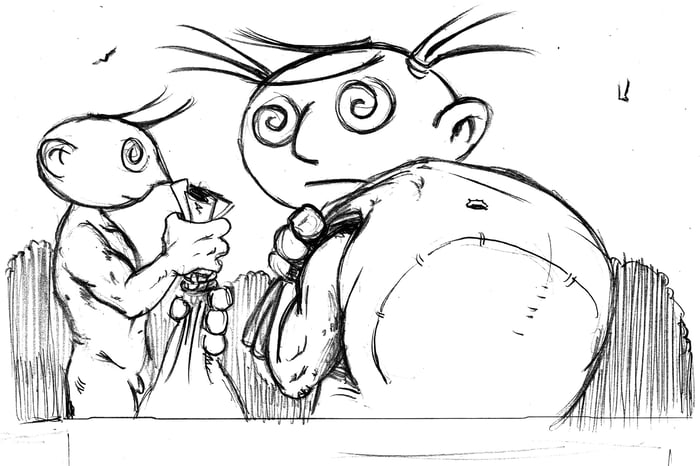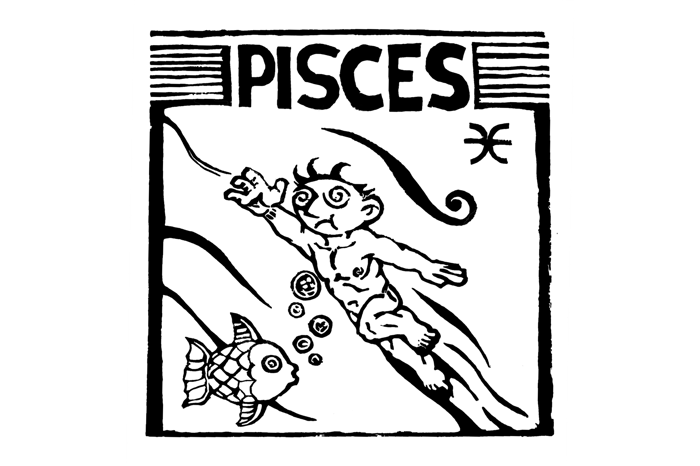A simple gift — a set of brand new colored pencils — during a fateful stop at a hotel cafe in a small beach town east of São Paulo in the mid-1980s sparked a profound realization within a then 10-year-old Gonzalo Adrian Battaglia.
“It was an incredible sense of freedom and possibility,” Battaglia recalls of the moment. “At that point I truly began to think of drawing, comics, and art as something that was going to be part of my life for good.”
Battaglia, his younger brother and parents were in the midst of a long trek out of their native Argentina shortly after the fall of that country's brutal military dictatorship. He and his family would eventually cover more than 4,000 miles from Buenos Aires to Manaus, Brazil by bus, car and truck before boarding a plane bound for Miami, where he’s lived ever since.
“It is on that journey that I came to love and experiment with comics,” he said. “That love never ended.”
Throughout a lifetime of drawing and collecting comics, Battaglia has constantly sought to expand people’s understanding of this often marginalized art form. Humanity’s oldest recorded stories — from the cave drawings in Lascaux, France to ancient Egyptian cartouches — feature visual depictions of scenes arranged sequentially to create meaning: in other words, comics.
 Scene from Figures! by Gonzalo Adrian Battaglia
Scene from Figures! by Gonzalo Adrian Battaglia“Art is a fundamental part of what we are,” Battaglia adds. “About 100,000 years ago [modern humans] underwent a fundamental change. They became like us, they started to think like us. We know that because of what they left behind: Objects of ritual and objects of art.”
While Battaglia’s earliest characters hewed closer to cartoons, he began incorporating the more realistic contours, shading, angles and movement of the human body into his drawings under the guidance of artist Richard Duncan while attending Florida International University.
“When I learned to draw realistically, I also became a better cartoonist,” he recalls. “At some point I started synthesizing the realistic figure with a cartoony figure … and it came out with swirly eyes and indistinct expressions. It has taken a long time to develop those figures into something.”
In his Figural Series: Zodiac, Battaglia blends the language of cartoons with the discipline of drawing human figures. He then pushes the process further by carving the drawings into linoleum blocks, coating them in ink, and making prints. It’s an arduous process, but the results are often unexpected.
“To get the kinds of effects you do when drawing in ink you have to plan hard, and there are simply some strokes you can’t really get with block printing because you cannot carve some kinds of patterns effectively,” he said. “It’s a challenge, and not one you can be totally in control of — the result is always something of a surprise.”
The figures themselves — frozen on the page in dozens of poses but with inscrutable facial expressions — implore viewers to imprint their own understanding of what the characters are thinking and feeling in a given scene.
“The viewer adds a lot to a work of art through interpretation. I wanted the viewer to do more of the work,” he said. “The face is what we look at most when we communicate and it is the part of the body that does most of the communication. By simplifying the expressions and letting the body do all the talking, the figure becomes expressive but ambivalent. That ambivalence is where the interaction between the art maker and the art consumer lives.”
Throughout his career Battaglia has strived to connect audiences to his work in interactive ways, always pushing his viewers to bring more of themselves to the art they experience. Over the last 20 years he has emerged as a leader in his community, helping to craft the arts curriculum for the students of the country’s fifth-largest public school district in his roles as a teacher, museum educator and support specialist.
“As an art teacher it is my hope that all people will find the artist inside themselves.” he said. “I want my art to be a doorway to people finding the creativity within.”




